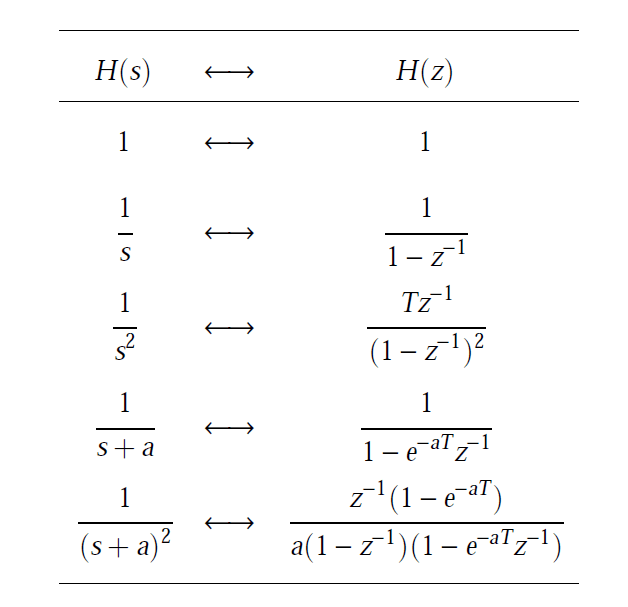
These 2 connections make the supply voltage of the ADC more stable and not easily fluctuated by noise.


Finally, you can use your own customized reference voltage by connecting a voltage source that has the same value as the reference voltage you want to the pin AREF (pin32).Ĭhoosing between these three sources of reference voltage happens while configuring the ADMUX register as we will explain later in this article.The AVCC pin can be your reference voltage, but this pin must be connected to the VCC and in this case, your reference voltage is the VCC.This voltage is set to 2.56V and cannot be changed. An internal voltage from within the Atmega32 MCU.In Atmega32 you can use one of three sources for the reference voltage: The reference voltage is the maximum voltage you are expecting to receive from the sensor on the input channel of the ADC. By the end of this article, we will be able to make a simple fire alarmthat triggers a buzzer when the temperature exceeds a certain limit (60 Celsius degrees as an example). As an example of an analog signal, we shall use the output signal coming out of the LM35 temperature sensor. In this article, we shall learn about using the ADC of the Atmega32 to convert an analog signal to a digital one.

In order to do that we need a device called an ADC ( Analog to Digital Converter) and fortunately, many controllers now have this device built-in. When dealing with such sensors we have to convert the analog signal coming out of them into digital words of ones and zeros so that our microcontroller can process it and make decisions based on it. Using LM35 Sensor and Atmega32 ADC to measure TemperatureĪnalog to digital conversion is generally needed whenever we deal with a sensor that produces an analog output (for example: LM35 temperature sensor), which is the case for a wide range of sensors.


 0 kommentar(er)
0 kommentar(er)
